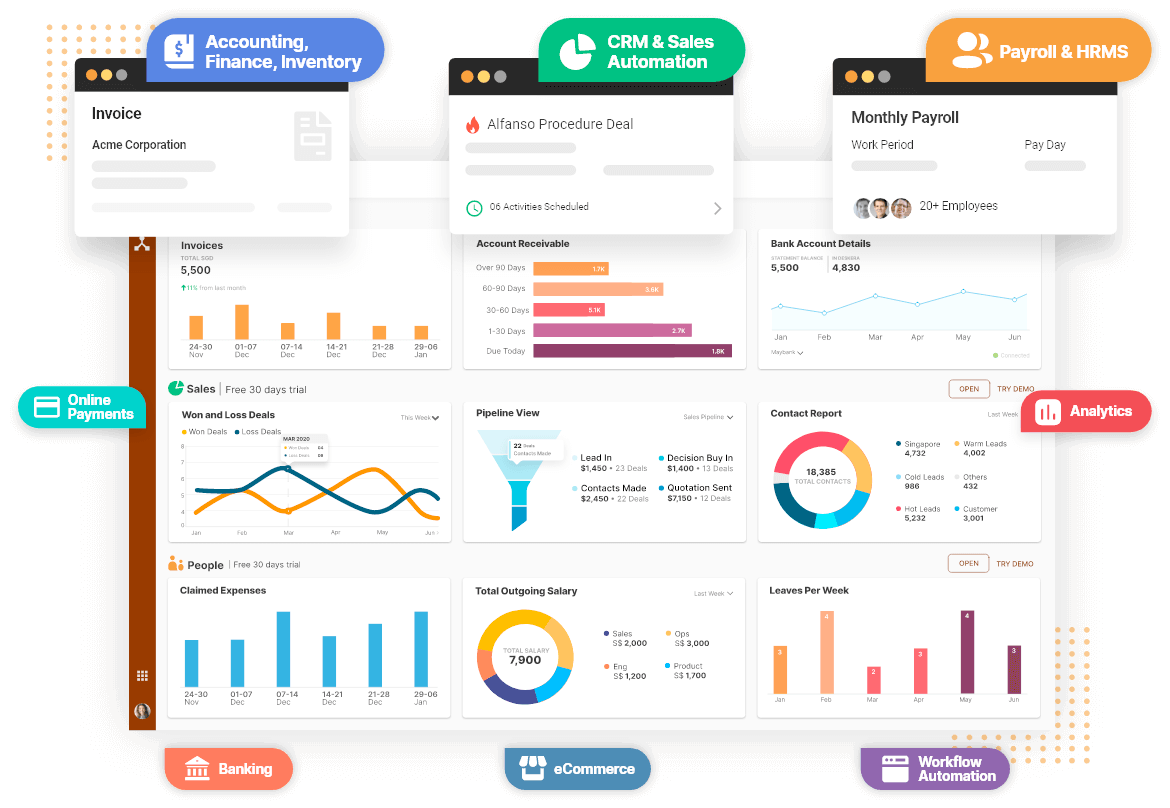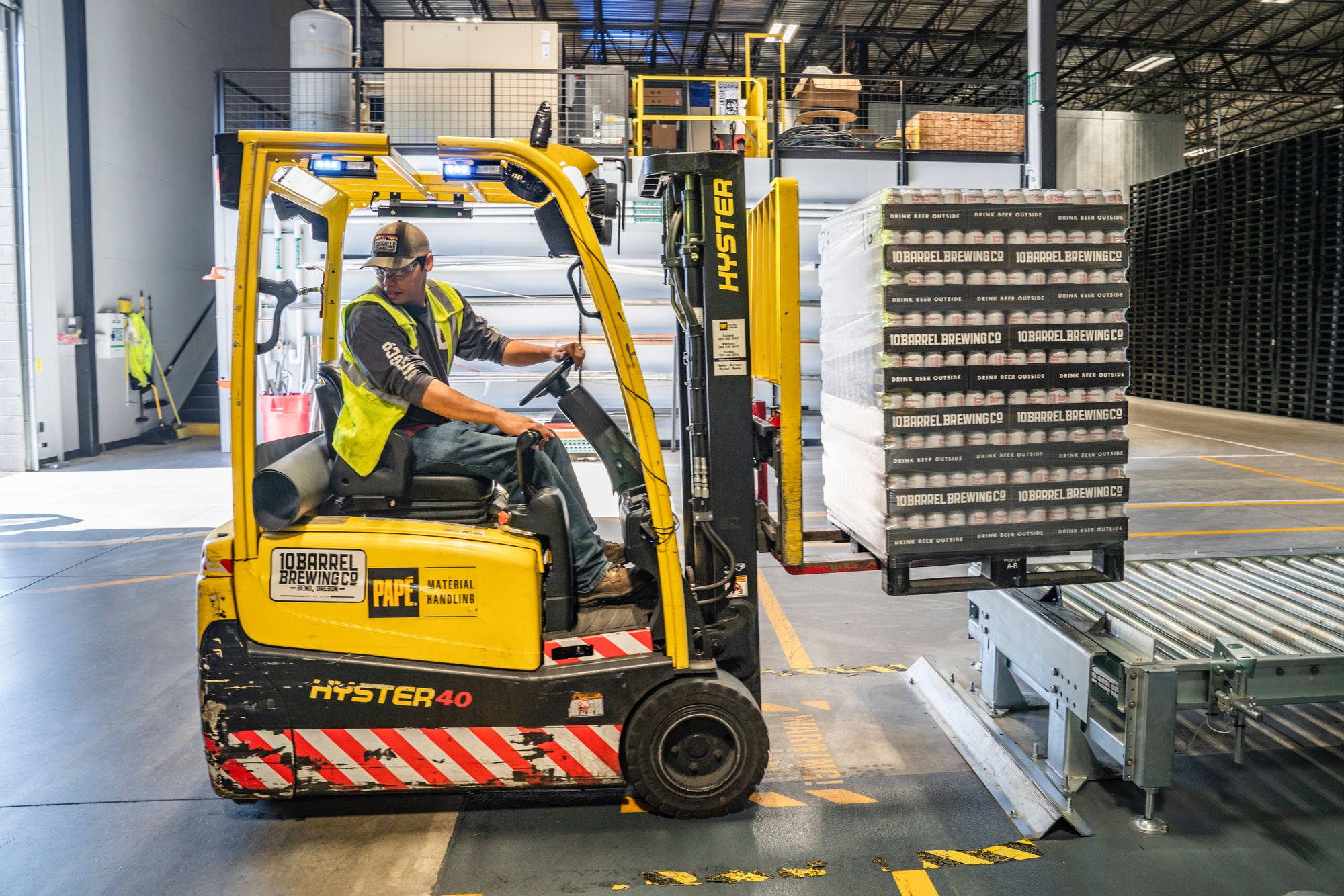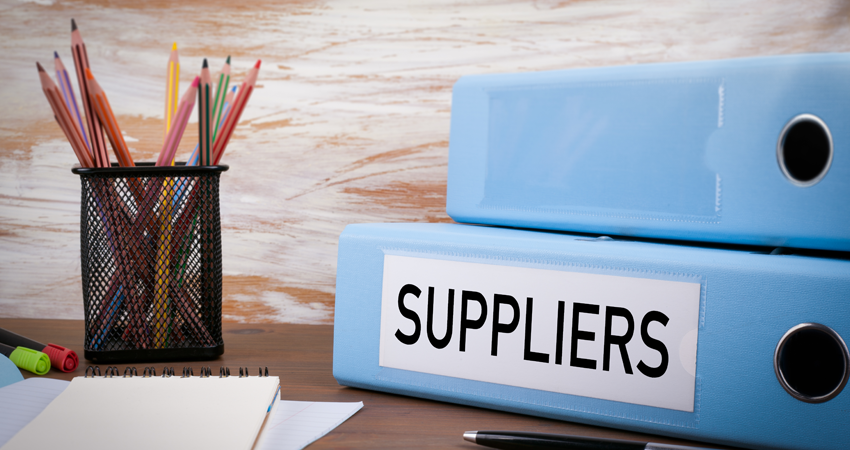In the modern world, where everyone expects everything to happen in a jiffy, getting the right supply chain is quite imperative. But what exactly is the supply chain and how can you make it more efficient? Read on to know more about this.

What Is a Supply Chain?
A supply chain refers to the process designed to manufacture and sell the product, right from the supply of materials to the distribution and sale of the product.
If you want to gain an edge over the others, managing a supply chain successfully can work wonders for you.
Understanding Supply Chains
There are some series of steps involved to provide the product from the source to the destination; this is called a supply chain.
The raw materials are processed to form the final products, and then distribution is done so that they reach the final destination, i.e., to the customer.
Producers, vendors, inventory, warehouses, transportation companies, distribution centers, and retailers are all part of the supply chain.
Steps in the Supply Chain
Take a look at the steps involved in the supply chain:
- Extraction of raw materials is the primary step of the supply chain.
- The second step involves refining or manufacturing materials into basic parts.
- Converting basic parts into finished products is the third step.
- The fourth step is related to the sale of the finished products.
- The fifth step is related to delivering finished products to the end consumers.
- The sixth step talks about customer support and return services.
To execute the above-mentioned steps, you need to carry out the following activities:
- Documentation and contracts are important aspects of the supply chain.
- Moving the goods from one place to another physically is also important.
- Storing the goods until they are required
- Stock and inventory tracking and management
- Demand and supply management
- Authentication and tracking of goods
- Logistics and distribution of goods to the end customer
The process of creating, managing, and optimizing a supply chain is known as supply chain management.
To ensure an efficient supply chain system, everyone involved in the process is entitled to providing timely and accurate information to minimize the issues and smoothen the process.
Supply Chain Models
Different types of supply chain models are as follows:

Continuous Flow Models
One of the traditional supply chain models, the continuous flow model is the best option for commodity manufacturing. It is beneficial for the manufacturers that produce the same kind of products with very minimal to no variation, on a regular basis.
Fast Chain Models
For the manufacturers who produce products that keep on changing according to the latest trends, the fast chain model is the best option for them. It is the best fit for the business that changes its products quickly. Basically, you can label this model as the flexible model.
Efficient Chain Models
Businesses that want to gain a competitive edge over others can opt for an efficient chain model. This model aims at achieving efficiency.
Custom Configured Models
A combination of agile and continuous flow model, the custom configured model is ideal for the products that require multiple configurations.
Processes before configuration of the product are handled by the continuous work model whereas downstream processes are managed by the agile supply chain.
Agile Models
Agile models are the best for businesses that deal in speciality order items. They are an ideal choice for the manufacturers who produce products characterized by unpredictable demand.
Flexible Models
The flexible model focuses on high adaptability and works best for the industries that are defined by high demand peaks followed by periods of low movement.
To make this model successful, manufacturers need to focus on adaptability and flexibility.
Supply Chain Challenges
Various challenges are faced by supply chain managers. Have a look:
Absence of Transparency
Sometimes it becomes quite difficult to understand legacy supply chains owing to their opaque nature. This is turn makes it harder to track the movement of the goods. Lack of transparency can lead to inefficient supply chain management and optimization.
Goods Getting Lost or Decayed
One of the most challenging tasks is to streamline the movement of processing goods. Improper tracking can make it difficult to authenticate the sending, receiving, and location of goods.
Increased Waste and Improper Planning
Inefficiency in the supply chain process can put a great impact on productivity and profitability. You need to have proper status updates and reporting, failing which supply chains will waste efforts, resources, and time. Managing expectations and plans thus becomes difficult.
Language Barriers
One major challenge in a supply chain process is the language barrier. Different countries conduct their day-to-day operations in different languages. These types of issues can be resolved by employing interpreters, having expertise and knowledge of the industry that are dealing in.
Supply Chain Management vs. Business Logistics Management
You must have often heard the terms supply chain management and business logistics management or logistics being used interchangeably. However, that’s not correct. These are two different things that should not be confused.
Logistics is basically a part of the supply chain system related to planning the storage and movement of goods and services from the source to the destination. The process starts with the raw materials and ends at the delivery of the final product.
The main difference between supply chain management and logistics is that the former is related to the management of the supply chains of an organization whereas logistics management deals with the process of integration and maintenance of goods in an organization.
Also, logistics management focuses on customer satisfaction whereas supply chain management emphasizes on competitive advantage.
How Does the Flow of Manufacturing Costs Works?
The flow of manufacturing costs includes the process of utilizing materials and labour to complete a finished product that can be further sold to the customer.
Supply chain management can lower down the cost of the manufacturing process. It can also reduce the complexity of this process.
Supply Chain and Deflation
Over the years, supply chains have been evolved which has further helped in curbing inflation. With the increasing efficiency of the supply chain, the cost of moving products from one point to another has decreased, which has further reduced the final cost of the product to the customer. Thus, we can say that the efficiency of the supply chain has led to deflation.
Value Chain vs. Supply Chain: What's the Difference?
There is a lot of difference between the value chain and supply chain. A value chain is a process in which aims at adding value to the raw materials so that the products can be sold to the customers. On the other hand, a supply chain is a process of making the product available to the customer.
Value chain focuses on competitive advantage in the industry whereas supply chain aims at achieving customer satisfaction.
Supply Chain Best Practices
In this competitive world, it is not easy to attain success. An optimized and efficient supply chain can make your company gain a competitive edge.
Let’s take a look at some of the best supply chain practices:

Real-Time Supply Chain Planning
Real-time supply chain planning can make the supply chain process more efficient. Disruptions are quite difficult to handle with historical data whereas real-time supply chain can ease the process.
Make Use of the Best Technology
The modern era is the technology age. Using highly automated end-to-end cross-functional processes can enhance efficiency and lower down the costs in your operations. Choosing the right kind of technology especially sales automation and software solutions can take strategic planning to the next level.
Maintain Healthier Supplier Relationships
It is very important to maintain healthy relationships with the supplier. Make sure you have a platform for conflict resolution so that the relationship can be maintained.
Align your Strategy
Having a well-planned strategy aligned with your company can lead to an increase in operational costs, enhance quality throughout the supply chain, and reduce errors.
The Evolution and Future of the Supply Chain
In the 1980s and 1990s, there was a need to integrate business processes across the global supply chain, owing to globalization, outsourcing, and availability of information. This resulted in the idea of supply chain management. It led to the shift from the traditional supply chain to modern supply chain management. There has been more transparency owing to the integration.
Another important transformation that took place over the years is the change in market competition dynamics. Entire chains comprising several enterprises started to compete instead of individual companies. Another thing that was observed is that the enterprises began to outsource manufacturing and logistics processes to third parties.
This increased visibility further led to enhanced product traceability and social responsibility efforts.
From then, the internet of things and mobile computing has brought about a great transformation in the way people order products and the way businesses work.
Through the internet, it has become possible to contact the product distributors directly. This has further reduced the supply chain as the middlemen have been no removed.
In the current scenario, the COVID-19 pandemic has changed the way of looking up at things. It has placed an increased emphasis on inventory management and visibility.
Talking about the future, machine learning and artificial intelligence will play a major role in diversifying the supply chain and enhancing the responsiveness of the process.
The pandemic may also put stress on the economies to revamp the structure of the supply chains to provide the products quickly to the customer.
How Deskera can Help with Supply Chain?
Deskera is an all-in-one software that helps in managing the finances and business functions such as customer support, employee payroll, leave management, and a lot more.

It consists of an advanced inventory management system that will help you to track your warehouse, stock transfer, bills.
Not only this, but also it will assist you in providing insights into all your business activities data, allowing you to make quick decisions, and enhance the productivity of your business.
Furthermore, Deskera CRM will help you in maintaining customer relationship management by assisting you in contact and deal management, email marketing campaigns, sales pipeline, and customer tickets.
Summary and Key Takeaways
In this article, we have talked about the supply chain. Let’s take a recap of what we have discussed in the article:
- A supply chain is the process of manufacturing and selling the product to the customer.
- Extraction, refining, converting basic parts into finished products, sales, product delivery, and customer support are the steps in the supply chain.
- Supply chain models are continuous flow, fast chain, efficient chain, agile model, flexible model, and custom configured model.
- Lack of transparency, inadequate production cycle, unsatisfied customers, lost goods, and language barriers are some of the challenges faced in the supply chain process.
- Supply chain management and business logistics management are two different concepts that should not be confused.
- The flow of manufacturing costs is the process of using materials and labour to complete a finished product so that it can reach the end customer.
- An efficient supply chain leads to deflation.
- Value chain and supply chain are different concepts.
- There are certain best practices of using a supply chain, which have been discussed in the article.
- The evolution and future of the supply chain have also been discussed.
- Deskera can assist you in the supply chain process
Related Links










